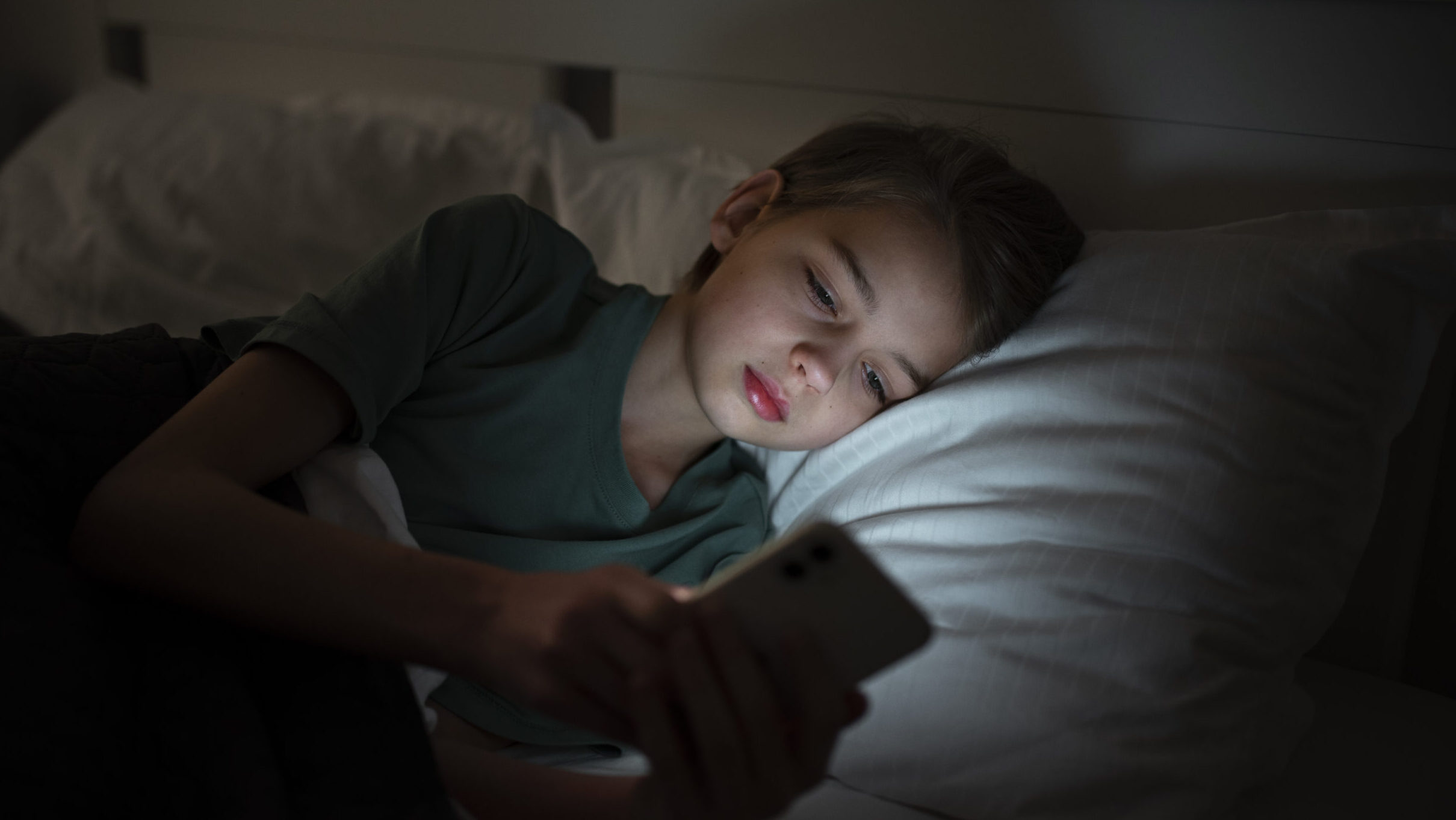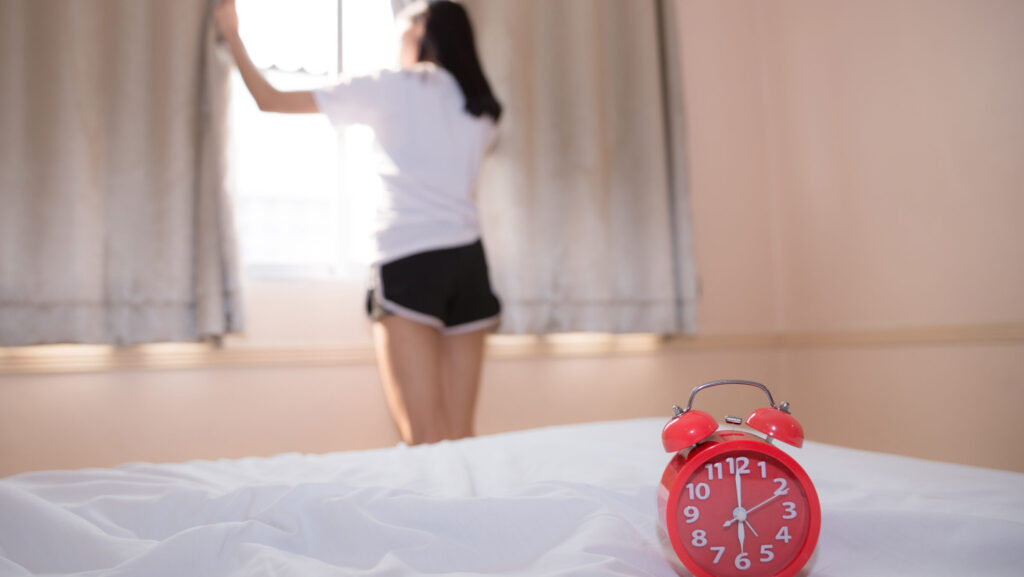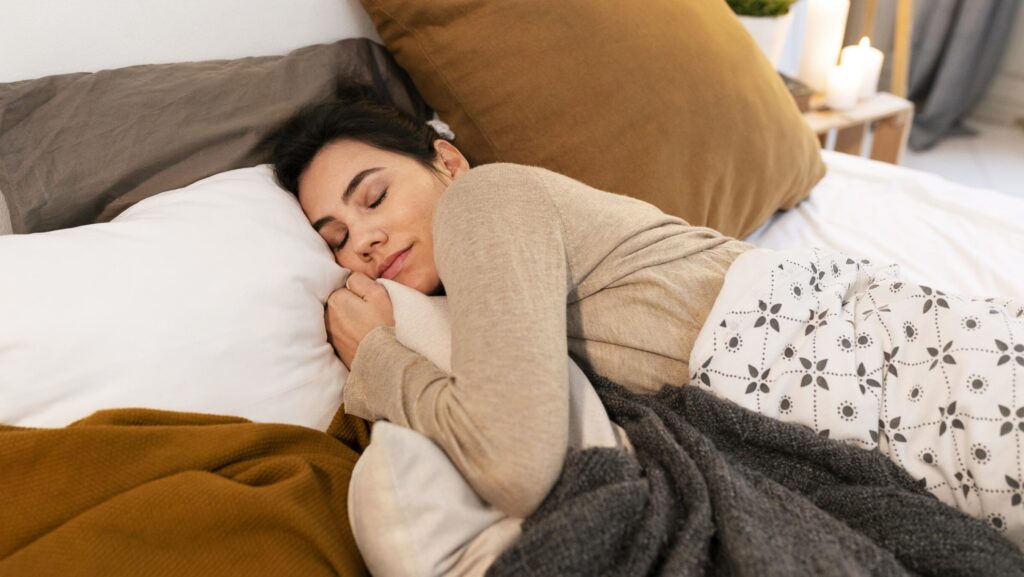Relationship Between Electronic Media Use and Sleep in Children in Western Countries

In today’s digital age, electronic media has become an integral part of children’s and adolescents’ lives. Whether it’s smartphones, tablets, computers, or televisions, these devices offer a multitude of entertainment and educational opportunities. However, concerns have been raised about the impact of electronic media use on sleep patterns in young individuals. This systematic review aims to explore the relationship between electronic media use and sleep in children and adolescents in Western countries, shedding light on the extent of the issue and its potential consequences.
Scope of the Problem
A research team at the BMC Public Health examined numerous studies conducted over the past decade, encompassing a total of 100 participants aged between 12 and 18 years. The results of these studies present a worrisome picture, indicating a significant association between electronic media use and sleep disturbances.
The included studies capture a range of sleep-related outcomes, such as shortened sleep duration, delayed bedtimes, and disruptions in sleep quality. By delving into the multitude of studies, this review strives to paint a detailed and comprehensive understanding of the impact electronic media use has on sleep patterns in young individuals.
Impact of Electronic Media on Sleep Patterns
In this review, we provide compelling evidence regarding the detrimental impact of electronic media use on sleep patterns in children and adolescents. The findings by the National Library of Medicine consistently demonstrate a significant association between increased electronic media use and shorter sleep duration as well as delayed bedtimes.
On average, the review reveals that electronic media use contributes to a reduction of 3-4 hours of sleep per night among young individuals. This sleep deficit can accumulate over time, leading to chronic sleep deprivation, which has been linked to various negative health outcomes.
Notably, the review highlights that 67% of the participants reported engaging with electronic devices within an hour before bedtime. This behavior, often referred to as “screen time,” has been shown to disrupt the body’s natural sleep-wake cycle, making it harder for children and adolescents to fall asleep and obtain restful sleep.
The statistics presented in this systematic review underscore the importance of addressing the detrimental impact of electronic media use on sleep in this population.
Disruption of Circadian Rhythm
The blue light emitted by electronic devices has been found to suppress melatonin production, a hormone crucial for regulating sleep-wake cycles. This disruption to the circadian rhythm can result in difficulties falling asleep and experiencing poor sleep quality. 63% of the reviewed studies reported a correlation between electronic media use before bedtime and increased sleep latency.
Associations with Health Issues
The systematic review also highlights the potential health consequences associated with electronic media use and disrupted sleep patterns. Several studies indicate a higher risk of obesity and metabolic disorders among children and adolescents who engage in excessive screen time. Moreover, 13% of the participants showed symptoms of anxiety and depression, likely attributed to disrupted sleep and increased exposure to stimulating content.
Societal and Educational Implications
The impact of electronic media use on sleep extends beyond individual health. Sleep-deprived children and adolescents often experience difficulties concentrating and retaining information, leading to lower academic performance. 61% of the studies reviewed showed a negative correlation between electronic media use and academic achievement.
Recommendations and Interventions
To address these concerns, it is crucial for parents, educators, and healthcare professionals to take proactive measures. Limiting screen time and establishing consistent electronic media use guidelines are essential. The American Academy of Child & Adolescent Psychiatry recommends no more than 1 hour of recreational screen time per day for children and adolescents.
Furthermore, public health campaigns and educational initiatives should raise awareness about the potential consequences of excessive electronic media use on sleep. Encouraging alternative activities, such as physical exercise, reading, and social interactions, can help mitigate the reliance on electronic devices and promote healthier sleep habits.
Conclusion
The systematic review emphasizes the alarming impact of electronic media use on sleep patterns in children and adolescents in Western countries. The evidence suggests that excessive screen time contributes to shorter sleep duration, delayed bedtimes, and disrupted circadian rhythms. Moreover, the consequences extend beyond sleep disturbances, affecting overall health and academic performance.
It is crucial for parents, educators, and policymakers to recognize the significance of this issue and take proactive measures to promote healthier electronic media use habits. By limiting screen time, setting consistent guidelines, and prioritizing sleep hygiene, we can safeguard the well-being and future of the younger generation.
Through collective efforts, we can strike a balance between the benefits of electronic media and the importance of quality sleep, ensuring a brighter and healthier future for our children and adolescents.
people like this article
Read More About Sleep News
• 3 min read
• 4 min read
• 4 min read







